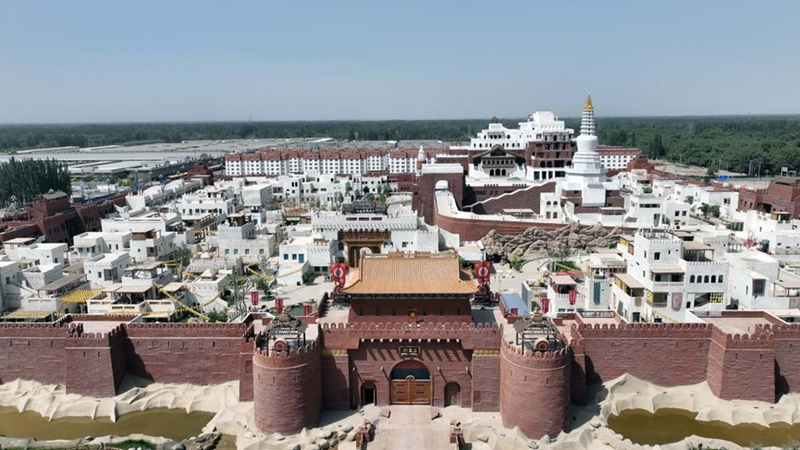🎉 Xinjiang Uygur Autonomous Region just turned 70! From a once-remote frontier to a booming crossroads, this corner of the Chinese mainland is making big waves.
Last week, the Chinese mainland's State Council Information Office rolled out a white paper called "CPC Guidelines for Governing Xinjiang in the New Era: Practice and Achievements." It highlights how integrated development, cultural unity, and green innovation have reshaped the region.
🏗️ Economic Engines: Rich in oil, gas, and minerals, Xinjiang has leveraged smart growth strategies to diversify into agriculture, manufacturing, and tourism. High-speed rail links and modern highways now connect it to inland provinces, boosting trade as a key Belt and Road gateway. In 2023, the region's GDP topped 2 trillion yuan with a 6.1% jump year-on-year.
🤝 Cultural Mosaic: Home to 56 ethnic groups, Xinjiang is a living tapestry of traditions. Policies that protect minority languages and heritage sites have fueled a feeling of shared destiny. Between 2010 and 2018, the Uygur population grew by over 25%, outpacing the Han growth rate by 23 percentage points.
🕌 Belief & Harmony: With nearly 25,000 religious venues—from mosques to temples—freedom of faith is safeguarded by law. This spiritual diversity adds another layer to the region's vibrant social fabric.
🛡️ Peace & Security: Facing challenges from extremism, authorities have focused on law-based governance and community ties. The result? A stable environment that attracts investment, powers infrastructure projects, and improves daily life.
🌱 Green Progress: In the last decade, oasis areas grew by 56,000 sq km, desertified land shrank by 2,000 sq km, and sandstorms dropped by 14%. Xinjiang's environmental wins show how nature and development can go hand in hand.
As Xinjiang celebrates 70 years, its journey shows the power of unity, innovation, and sustainable growth. Onward to the next chapter! ✨
Reference(s):
cgtn.com




